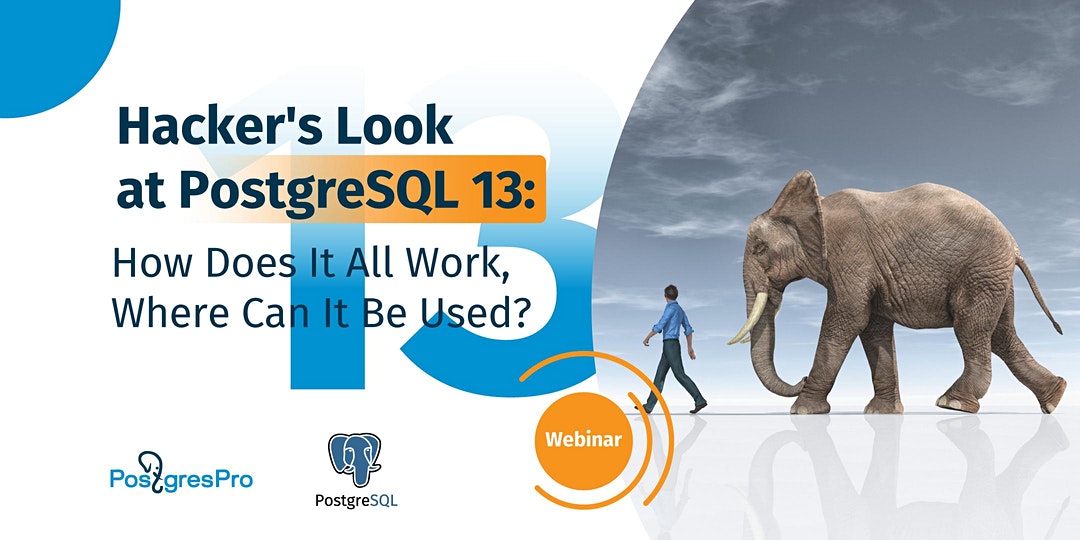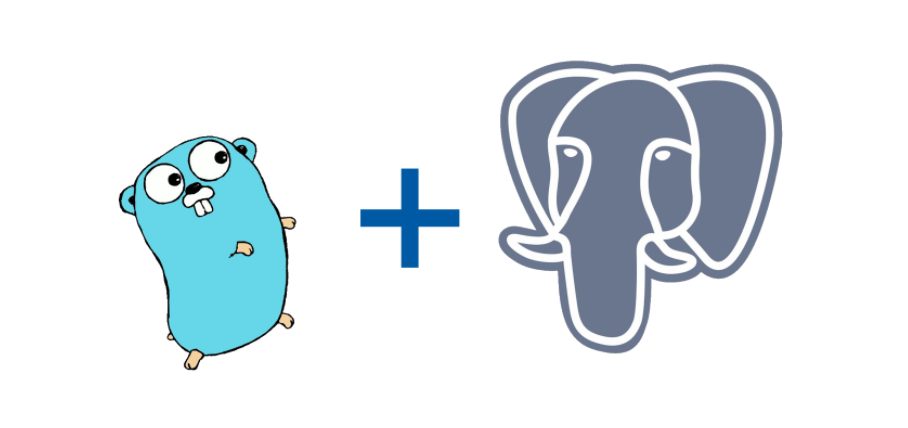Blog: PostgreSQL , p.4
Last time we got acquainted with the structure of an important component of the shared memory — the buffer cache. A risk of losing information from RAM is the main reason why we need techniques to recover data after failure. Now we will discuss these techniques.
We started with problems related to isolation, made a digression about low-level data structure, discussed row versions in detail and observed how data snapshots are obtained from row versions.
Then we covered different vacuuming techniques: in-page vacuum (along with HOT updates), vacuum and autovacuum.
Now we've reached the last topic of this series. We will talk on the transaction id wraparound and freezing.
Transaction ID wraparound
PostgreSQL uses 32-bit transaction IDs. This is a pretty large number (about 4 billion), but with intensive work of the server, this number is not unlikely to get exhausted. For example: with the workload of 1000 transactions a second, this will happen as early as in one month and a half of continuous work.
But we've mentioned that multiversion concurrency control relies on the sequential numbering, which means that of two transactions the one with a smaller number can be considered to have started earlier. Therefore, it is clear that it is not an option to just reset the counter and start the numbering from scratch.
...
To remind you, we started with problems related to isolation, made a digression about low-level data structure, discussed row versions in detail and observed how data snapshots are obtained from row versions.
Then we explored in-page vacuum (and HOT updates) and vacuum. Now we'll look into autovacuum.
Autovacuum
We've already mentioned that normally (i. e., when nothing holds the transaction horizon for a long time) VACUUM usually does its job. The problem is how often to call it.
If we vacuum a changing table too rarely, its size will grow more than desired. Besides, a next vacuum operation may require several passes through indexes if too many changes were done.
If we vacuum the table too often, the server will constantly do maintenance rather than useful work — and this is no good either.
Note that launching VACUUM on schedule by no means resolves the issue because the workload can change with time. If the table starts to change more intensively, it must be vacuumed more often.
Autovacuum is exactly the technique that enables us to launch vacuuming depending on how intensive the table changes are.
...
We started with problems related to isolation, made a digression about low-level data structure, then discussed row versions and observed how data snapshots are obtained from row versions.
Last time we talked about HOT updates and in-page vacuuming, and today we'll proceed to a well-known vacuum vulgaris. Really, so much has already been written about it that I can hardly add anything new, but the beauty of a full picture requires sacrifice. So keep patience.
Vacuum
What does vacuum do?
In-page vacuum works fast, but frees only part of the space. It works within one table page and does not touch indexes.
The basic, "normal" vacuum is done using the VACUUM command, and we will call it just "vacuum" (leaving "autovacuum" for a separate discussion).
So, vacuum processes the entire table. It vacuums away not only dead tuples, but also references to them from all indexes.
Vacuuming is concurrent with other activities in the system. The table and indexes can be used in a regular way both for reads and updates (however, concurrent execution of commands such as CREATE INDEX, ALTER TABLE and some others is impossible).
Only those table pages are looked through where some activities took place. To detect them, the visibility map is used (to remind you, the map tracks those pages that contain pretty old tuples, which are visible in all data snapshots for sure). Only those pages are processed that are not tracked by the visibility map, and the map itself gets updated.
The free space map also gets updated in the process to reflect the extra free space in the pages.
...
Just to remind you, we already discussed issues related to isolation, made a digression regarding low-level data structure, and then explored row versions and observed how data snapshots are obtained from row versions.
Now we will proceed to two closely connected problems: in-page vacuum и HOT updates. Both techniques can be referred to optimizations; they are important, but virtually not covered in the documentation.
In-page vacuum during regular updates
When accessing a page for either an update or read, if PostgreSQL understands that the page is running out of space, it can do a fast in-page vacuum. This happens in either of the cases:
- A previous update in this page did not find enough space to allocate a new row version in the same page. Such a situation is remembered in the page header, and next time the page is vacuumed.
- The page is more than
fillfactorpercent full. In this case, vacuum is performed right away without putting off till next time.

Hacking PostgreSQL 13 Webinar: Questions & Answers
To get things done before 2020 is over, I decided to publish my blog post with answers to your questions from our webinar on PostgreSQL 13 that we hosted in October. I’m still looking into release 13 and will soon give another talk on PG13 monitoring-related features that became available in this version of PostgreSQL. For now, let’s go through the webinar questions.
After having discussed isolation problems and having made a digression regarding the low-level data structure, last time we explored row versions and observed how different operations changed tuple header fields.
Now we will look at how consistent data snapshots are obtained from tuples.
What is a data snapshot?
Data pages can physically contain several versions of the same row. But each transaction must see only one (or none) version of each row, so that all of them make up a consistent picture of the data (in the sense of ACID) as of a certain point in time.
Isolation in PosgreSQL is based on snapshots: each transaction works with its own data snapshot, which "contains" data that were committed before the moment the snapshot was created and does not "contain" data that were not committed by that moment yet. We've already seen that although the resulting isolation appears stricter than required by the standard, it still has anomalies.

JSON In PostgreSQL: Questions and Answers
This blog post is written as a follow-up for the “Roadmap for JSON in PostgreSQL” webinar with Oleg Bartunov that we hosted in September. It took us a while to finally tackle these questions, but the proverb says ‘better late than never’.

PostgreSQL monitoring using Zabbix Agent 2: easy and extensible
Last year, the popular monitoring service Zabbix introduced Agent 2, designed to reduce the number of TCP connections and provide convenient extendability through plugins in Golang. In this article, I will discuss the main features of Zabbix Agent 2 plugin for monitoring PostgreSQL, give tips on how to configure it and explain by example how to customize the plugin.
Well, we've already discussed isolation and made a digression regarding the low-level data structure. And we've finally reached the most fascinating thing, that is, row versions (tuples).
Tuple header
As already mentioned, several versions of each row can be simultaneously available in the database. And we need to somehow distinguish one version from another one. To this end, each version is labeled with its effective "time" (xmin) and expiration "time" (xmax). Quotation marks denote that a special incrementing counter is used rather than the time itself. And this counter is the transaction identifier.
(As usual, in reality this is more complicated: the transaction ID cannot always increment due to a limited bit depth of the counter. But we will explore more details of this when our discussion reaches freezing.)
When a row is created, the value of xmin is set equal to the ID of the transaction that performed the INSERT command, while xmax is not filled in.
When a row is deleted, the xmax value of the current version is labeled with the ID of the transaction that performed DELETE.
An UPDATE command actually performs two subsequent operations: DELETE and INSERT. In the current version of the row, xmax is set equal to the ID of the transaction that performed UPDATE. Then a new version of the same row is created, in which the value of xmin is the same as xmax of the previous version.
Last time we talked about data consistency, looked at the difference between levels of transaction isolation from the point of view of the user and figured out why this is important to know. Now we are starting to explore how PostgreSQL implements snapshot isolation and multiversion concurrency.
In this article, we will look at how data is physically laid out in files and pages. This takes us away from discussing isolation, but such a digression is necessary to understand what follows. We will need to figure out how the data storage is organized at a low level.
Relations
If you look inside tables and indexes, it turns out that they are organized in a similar way. Both are database objects that contain some data consisting of rows.
There is no doubt that a table consists of rows, but this is less obvious for an index. However, imagine a B-tree: it consists of nodes that contain indexed values and references to other nodes or table rows. It's these nodes that can be considered index rows, and in fact, they are.
Actually, a few more objects are organized in a similar way: sequences (essentially single-row tables) and materialized views (essentially, tables that remember the query). And there are also regular views, which do not store data themselves, but are in all other senses similar to tables.
All these objects in PostgreSQL are called the common word relation. This word is extremely improper because it is a term from the relational theory. You can draw a parallel between a relation and a table (view), but certainly not between a relation and an index. But it just so happened: the academic origin of PostgreSQL manifests itself. It seems to me that it's tables and views that were called so first, and the rest swelled over time.
With this article I start a series about the internal structure of PostgreSQL.
The material will be based on our training courses on database administration that Pavel Luzanov and I are creating. Not everyone likes to watch video (I definitely do not), and reading slides, even with comments, is no good at all.
We strongly recommend you to get familiar with our 2-Day Introduction to PostgreSQL 11.
Of course, the articles will not be exactly the same as the content of the courses. I will talk only about how everything is organized, omitting the administration itself, but I will try to do it in more detail and more thoroughly. And I believe that the knowledge like this is as useful to an application developer as it is to an administrator.
I will target those who already have some experience in using PostgreSQL and at least in general understand what is what. The text will be too difficult for beginners. For example, I will not say a word about how to install PostgreSQL and run psql.
The stuff in question does not vary much from version to version, but I will use PostgreSQL 11.
The first series deals with issues related to isolation and multiversion concurrency, and the plan of the series is as follows:
- Isolation as understood by the standard and PostgreSQL (this article).
- Forks, files, pages — what is happening at the physical level.
- Row versions, virtual transactions and subtransactions.
- Data snapshots and the visibility of row versions; the event horizon.
- In-page vacuum and HOT updates.
- Normal vacuum.
- Autovacuum.
- Transaction id wraparound and freezing.
Off we go!

Parallelism in PostgreSQL: treatment of trees and conscience

Database scaling is a continually coming future. DBMS get improved and better scaled on hardware platforms, while the hardware platforms themselves increase the performance, number of cores, and memory - Achilles is trying to catch up with the turtle, but has not caught up yet. The database scaling challenge manifests itself in all its magnitude.
Postgres Professional had to face the scaling problem not only theoretically, but also in practice: through their customers. Even more than once. It's one of these real-life cases that this article
will discuss.
Many thanks to Elena Indrupskaya for the translation. Russian version is here.



